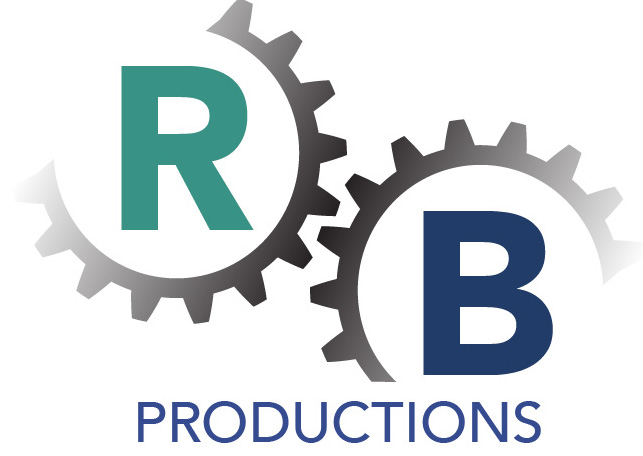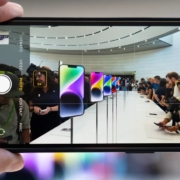Video Production with the iPhone 14 was iOpening
Recently I completed a shoot using both a conventional video camera and an iPhone 14 ProMax. It was my first time using the iPhone for professional video production and I must admit I was impressed with the results.
Shooting in 4K resolution, the iPhone video footage was crisp and beautifully detailed. The camera’s auto iris and auto white balance functions worked perfectly, with the footage maintaining correct exposure and color balance despite our rapid switching from indoor to outdoor locations. Mounted on a hand-held stabilizer, walking shots and other camera moves were accomplished with remarkable smoothness and stability.
The unit’s tiny size and inconspicuous profile make “guerrilla-style” undercover shooting (as we did in a busy supermarket) practical and essentially undetectable (we shot with the supermarket manager’s permission, just to be clear.) All in all, the iPhone proved itself to be a valuable piece of production gear and an excellent adjunct to the larger camera we used for interviews and primary shots.
I say “adjunct” because there are simply a few things the iPhone lacks when compared to a conventional pro video camcorder. One is a live zoom feature. The iPhone is best when shooting a full wide angle shot. Zooming in to tighter framing while shooting is awkward without a physical zoom in-zoom out control. So ,you’re basically stuck with one framing. Of course, in 4K, the editor is able to re-frame or animate zoom shots in post-productions, so one is not necessarily limited to the wide angle only. Still, it’s nice to dynamically select the framing while recording to preserve the very best quality.
A second issue has to do with audio. I’m sure there are ways to interface a professional microphone via an XLR balanced cable to an iPhone but I haven’t found it yet. Likewise, it would be nice to interface several such mics or a mixer to the iPhone 14 using balanced connectors. Audio interface remains the weak link, in my opinion anyway, with smart phone production platforms.
My last complaint is simply one related to size. A conventional video camera has a certain heft to it that imparts stability and ease of handling. It’s larger so it feels more solid and moves more “smoothly.” It’s easier to grab and hang onto. Furthermore, It has buttons instead of touch screen menus so it’s less likely that the shooter will inadvertently switch to an unintended mode or parameter. (Indeed, the shooter I was working with accidently switched from 4K to 1080 modes for some shots. Not a disaster, but it would have been a lot better to have all the footage in 4K).
In addition, a conventional camcorder mounts better to a tripod and can accommodate a teleprompter. Recording to SD cards means a lot more recording time and ease of file management. These are other important factors to consider.
Now that I’m considering an upgrade to my venerable Panasonic AG-AC160A camcorder, I’m in a quandary as to whether to go with a new “regular” camcorder or commit to footage acquisition using the iPhone 14 or its iPhone 15 successor expected later this year (and there’s also DSLR in the consideration mix too).
Technology gives us many choices, but also poses many questions and things to think about. So, I can easily see myself getting both systems and covering all the bases.
Perhaps you’re struggling with the same kinds of questions. If so, let’s share information and suggestions. RB



